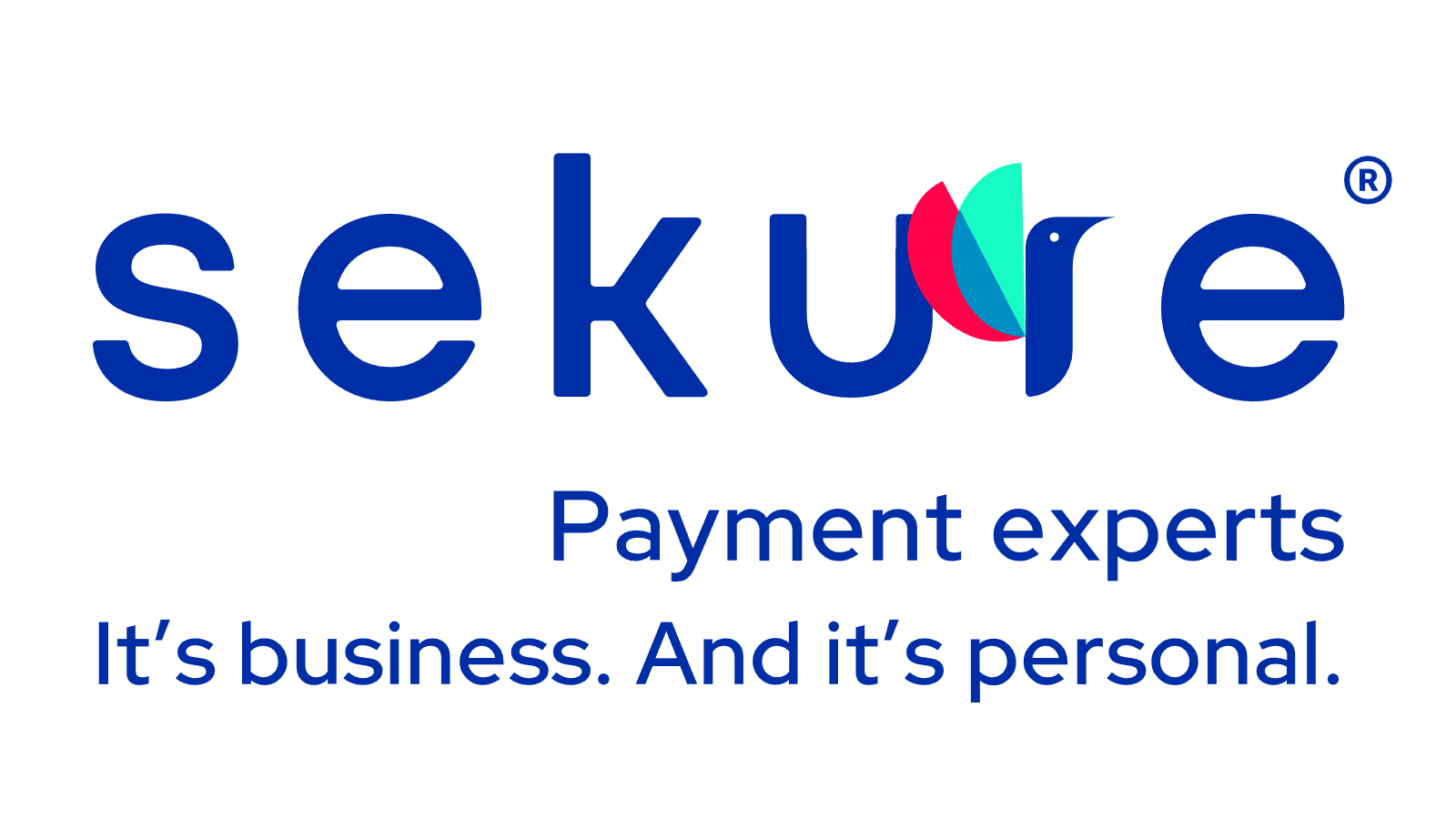Mastering cash flow analysis in healthcare: a guide to financial clarity
Healthcare organizations must understand and manage their cash flow to stay financially stable, dealing with issues like delayed reimbursements and rising costs, using techniques like tracking, forecasting, and streamlining billing, while also considering strategies for optimization and growth management.

Jump to:
- Understanding the components of cash flow analysis in healthcare
- Breaking down cash inflows and outflows in healthcare
- The importance of cash flow statements
- Cash flow analysis tools and techniques for healthcare providers
- Techniques for effective cash flow analysis
- Managing common cash flow challenges
- Strategies to improve cash flow management in healthcare
- Take control of your healthcare cash flow with Sekure
Cash flow analysis is an essential process for healthcare organizations striving to maintain financial health in a complex and ever-changing industry. By evaluating the movement of cash in and out of the organization, healthcare providers can identify opportunities to improve liquidity, reduce financial risks and support better patient care.
However, cash flow management in healthcare comes with unique challenges. Delayed reimbursements, complex insurance payment cycles and high operating costs can strain an organization’s resources. Understanding cash flow is critical for avoiding negative cash flow, planning for necessary equipment upgrades or facility expansions, and maintaining liquidity to manage emergencies or regulatory changes.
This blog will explore the key components of cash flow analysis, tools and techniques to streamline the process and actionable strategies for improving financial management in healthcare organizations.
Understanding the components of cash flow analysis in healthcare
Key cash flow terms every healthcare provider should know
To effectively analyze cash flow, it’s essential to understand basic terms:
- Positive cash flow: When cash inflows exceed outflows, leaving a surplus for reinvestment or savings. Positive cash flow ensures that organizations can manage day-to-day expenses and invest in future growth without needing external financing.
- Negative cash flow: When cash outflows surpass inflows, signaling potential financial strain. This can lead to challenges in meeting payroll, paying suppliers or covering operational costs.
- Operating cash flow: Cash generated from core business activities, such as patient fees and insurance reimbursements. This is a critical measure of how well an organization’s operations are generating cash.
- Free cash flow: Remaining cash after covering operational and capital expenses, which can be available for growth or savings. Free cash flow is a key indicator of financial flexibility. For example, a clinic with high patient volumes may generate strong operating cash flow, but could experience negative cash flow due to delayed insurance reimbursements.
By understanding these terms, healthcare organizations can develop better financial strategies.
Breaking down cash inflows and outflows in healthcare
Cash inflows in healthcare organizations typically include:
- Patient payments: Revenue from co-pays, deductibles and out-of-pocket fees. Clear communication about payment policies can help reduce delays in collections.
- Insurance reimbursements: Payments from private insurers or government programs. Timely submission of accurate claims is crucial to maintaining steady inflows.
- Government grants: Funding for specific programs or underserved populations. These important resources often come with restrictions, so careful tracking is essential.
- Private funding or donations: Contributions from benefactors or philanthropic organizations. These funds can support special projects or operational needs.
Cash outflows, on the other hand, include:
- Payroll: Salaries and benefits for healthcare professionals and administrative staff. Payroll often represents the largest expense for healthcare organizations.
- Facility maintenance: Costs associated with keeping facilities operational. This includes utilities, repairs and janitorial services.
- Medical supplies and equipment: Expenses for necessary tools and technology. Regular inventory management can help reduce waste and control costs.
- Regulatory compliance: Costs to meet legal and accreditation standards. These expenses are non-negotiable and can be significant.
- Training and development: Investments in staff education to improve care quality and compliance. Regular training helps reduce errors and enhance patient outcomes.
Understanding the balance between inflows and outflows helps organizations allocate resources effectively and address financial challenges proactively.
The importance of cash flow statements
Cash flow statements provide a detailed view of how operating, investing and financing activities impact overall financial health. For example:
- Operating activities: Patient billing, insurance reimbursements and day-to-day expenses. Monitoring operating cash flow reveals how well an organization’s core activities are performing.
- Investing activities: Purchasing medical equipment or upgrading facilities. These activities often require significant capital and can impact cash flow temporarily.
- Financing activities: Loan repayments, investor funding or issuing bonds. Managing financing activities effectively helps maintain financial stability.
By examining these categories, healthcare organizations can identify trends, allocate resources effectively and address potential financial challenges before they escalate. Cash flow statements also support decision-making by providing insights into an organization’s liquidity and operational efficiency.
Cash flow analysis tools and techniques for healthcare providers
Leveraging specialized tools
Healthcare businesses can benefit from financial tools and software tailored to their needs. These solutions often include features for:
- Billing and reimbursement tracking: Tools that streamline payment processing and track delayed reimbursements. For instance, automated billing systems can send reminders for overdue payments.
- Cash flow forecasting: Software that predicts future cash flow based on historical data. Accurate forecasting helps organizations plan for expenses and avoid shortfalls.
- Revenue cycle management: Platforms that integrate billing, coding and accounts receivable to improve efficiency. Streamlined revenue cycle management reduces errors and accelerates cash inflows.
Rectangle Health, a trusted partner of Sekure Payment Experts, offers safe and secure online patient payment solutions tailored specifically to the healthcare industry. With features like streamlined payment processing and detailed reporting, it empowers healthcare providers to gain deeper insights into financial trends and opportunities.
Techniques for effective cash flow analysis
Healthcare providers can use the following techniques to improve their cash flow management:
- Calculating free cash flow: Subtract operating and capital expenses from total cash inflows to determine available funds for growth or savings. This measure provides a clear picture of financial flexibility.
- Tracking net cash flow: Compare monthly inflows and outflows to monitor financial trends and make informed decisions. Consistent tracking helps organizations identify patterns and potential issues.
- Segmenting cash flow: Break down cash flow by department or service line to pinpoint high-performing areas and those needing improvement.
- Benchmarking against industry standards: Regularly compare cash flow metrics to those of similar organizations to identify areas of strength or concern. Benchmarking provides valuable context for evaluating performance.
Additionally, using predictive analytics can help forecast cash flow challenges before they arise. Predictive tools analyze historical data to find potential issues and recommend proactive solutions.
Managing common cash flow challenges
Delayed insurance reimbursements, fluctuating patient volumes and rising operational costs are common issues in healthcare. Effective cash flow analysis helps organizations manage these challenges by:
- Identifying bottlenecks in billing and reimbursement processes. For instance, tracking claim rejections can highlight areas for improvement.
- Planning for seasonal variations in patient volumes. Understanding these patterns helps allocate resources effectively.
- Allocating resources to address unexpected expenses. A flexible budget can accommodate emergencies without disrupting operations.
- Creating contingency plans for regulatory changes that could impact revenue streams. Planning ahead helps minimize the financial effects of new regulations.
Strategies to improve cash flow management in healthcare
Optimizing reimbursement processes
Streamlining reimbursement processes is crucial for maintaining a healthy cash flow. Healthcare providers can:
- Ensure accurate medical billing to minimize claim rejections. Training staff on proper coding and documentation practices helps to eliminate errors.
- Follow up promptly on outstanding claims. Automated follow-up systems can improve collection rates.
- Leverage technology to automate billing and coding tasks. Automation lowers administrative burdens and accelerates reimbursement timelines.
- Collaborate with insurers to simplify reimbursement structures and minimize delays. Regular communication with insurance providers fosters smoother processes. For example, using automated systems to cross-check insurance claims can drastically reduce human errors and improve cash flow. Accurate and timely reimbursements help maintain steady cash inflows.
Negotiating supplier contracts
Reducing costs on medical supplies and equipment can significantly impact cash flow. Strategies include:
- Negotiating bulk purchase discounts. Bulk buying often leads to substantial savings.
- Exploring alternative suppliers for competitive pricing. Diversifying suppliers ensures access to cost-effective options.
- Establishing long-term contracts to lock in favorable rates. Long-term agreements provide price stability.
- Reviewing existing contracts regularly to identify opportunities for savings. Regular reviews ensure that contracts remain competitive.
- Working with group purchasing organizations (GPOs) can also provide access to volume discounts and specialized supplier networks. Efficient supplier management lowers operational costs and boosts financial performance.
Improving billing systems
Efficient billing systems help healthcare organizations collect payments more quickly and minimize outstanding accounts receivable. Consider:
- Offering flexible payment options for patients, such as installment plans. These options improve patient satisfaction and encourage timely payments.
- Providing online portals for easier payment processing. User-friendly portals streamline collections and lessen the administrative workload.
- Training staff on best practices for patient collections. Well-trained staff enhance efficiency and decrease errors.
- Implementing real-time eligibility verification systems to prevent billing errors. Accurate eligibility checks avoid claim denials and delays.
Clear communication with patients about billing policies and options can also improve payment timeliness and enhance patient satisfaction. Transparency builds trust and encourages prompt payments.
Maintaining a cash reserve
A healthy cash reserve allows healthcare providers to navigate financial uncertainties, such as economic downturns, regulatory changes or unexpected expenses. Aim to:
- Set aside a percentage of monthly revenue for savings. Consistent savings build a financial safety net.
- Regularly review cash reserve levels to ensure adequacy. Periodic assessments help maintain optimal reserve levels.
- Use cash reserves strategically for investments that enhance long-term financial stability. Strategic investments support growth and resilience. For example, cash reserves can be allocated to cover short-term costs while waiting for delayed insurance reimbursements or to fund critical upgrades. A robust cash reserve provides financial flexibility and peace of mind.
Managing cash flow during growth periods
Periods of growth, such as onboarding new patients or expanding services, can strain cash flow. To address this:
- Secure financing in advance to cover expansion costs. Proactive financing prevents cash shortages.
- Stagger hiring and onboarding to align with cash inflows. Phased hiring ensures sustainable growth.
- Monitor cash flow closely during transitional periods. Regular monitoring helps identify potential issues early.
- Evaluate cost-benefit ratios of new initiatives to ensure sustainable growth. Careful evaluation ensures that growth initiatives align with financial goals.
Building relationships with financial institutions can help secure favorable loan terms or lines of credit to support growth. Financial partnerships provide resources for sustainable development.
Enhancing revenue cycle management
Optimizing the revenue cycle ensures smoother cash flow by reducing delays in payment collection. Strategies include:
- Standardizing coding and documentation processes. Consistency improves accuracy and reduces claim rejections.
- Conducting regular audits to identify inefficiencies. Audits highlight areas for improvement and prevent recurring issues.
- Implementing robust denial management systems to handle rejected claims. Effective denial management accelerates reimbursements.
Streamlined revenue cycle management improves financial predictability and allows organizations to focus on patient care. Streamlined processes enhance both operational efficiency and financial performance.
Take control of your healthcare cash flow with Sekure
Mastering cash flow is the foundation for financial stability and growth in the healthcare industry. By applying the strategies outlined in this guide, you can improve liquidity, minimize risks and focus on what matters most — delivering exceptional patient care.
Ready to take the next step toward financial success? Sekure is here to help. Contact us today for expert guidance tailored to your organization’s unique needs and start unlocking the full potential of effective cash flow management.
With the right approach, and the best POS for healthcare, you can enhance your financial stability, invest in innovation and build a healthier future for your organization and your patients.













